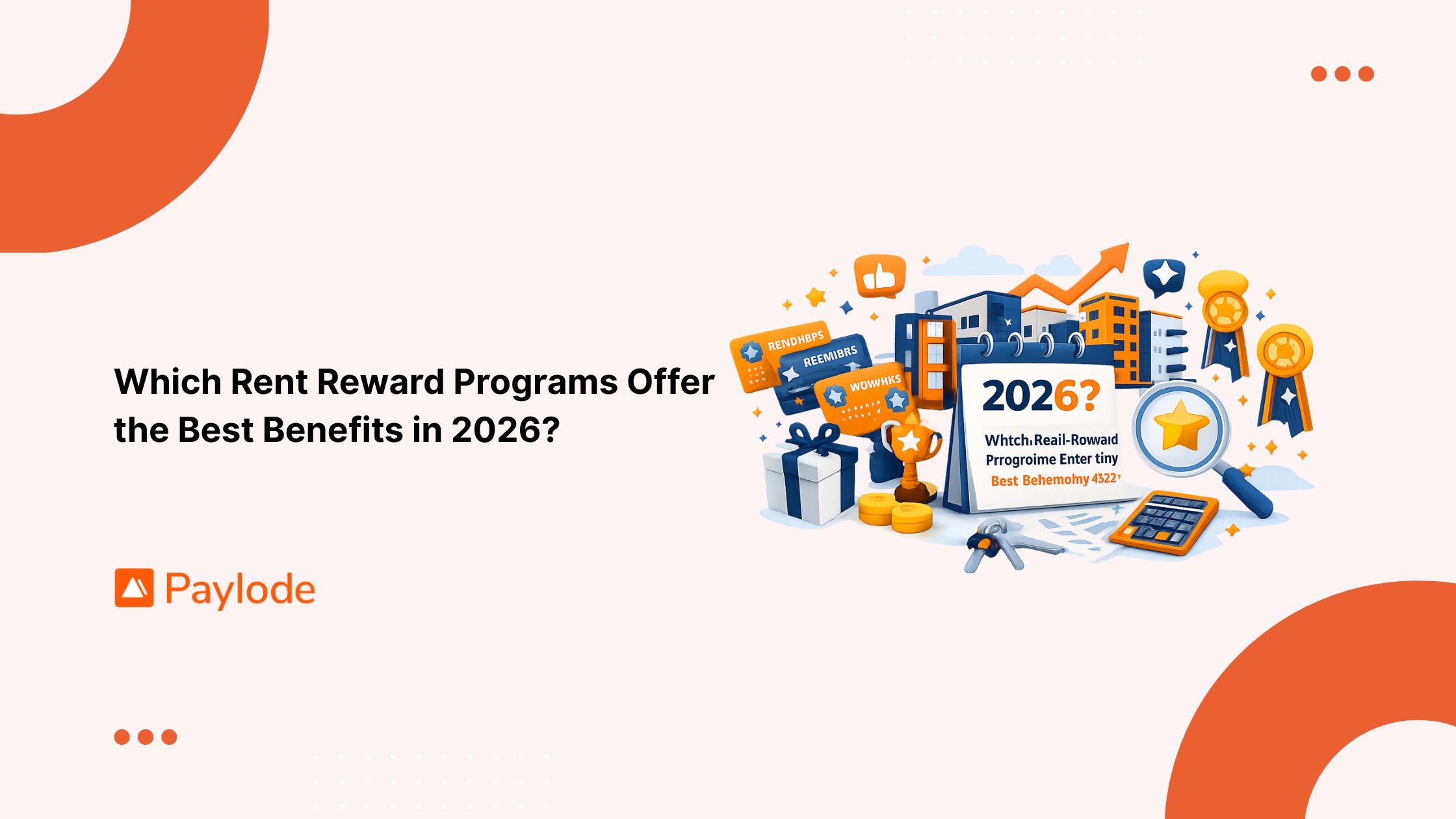As a business looking to launch an innovative customer perks program, you'll need new supporting software. A pivotal early decision arises – should you build custom perks software in-house or buy an existing solution from a vendor? There are compelling arguments both ways.
Defining build vs buy
Buying means licensing ready-made software from a platform provider, plus any support or ongoing management services. Building software means your developers create a fully customized system aligned to your program’s unique requirements, but you must staff, strategize, operationalize, and constantly improve the program you're running through that software.
Build vs buy for perks platforms
It doesn't stop there. If you're launching a complete perks program, you'll need to build the perks platform, or choose an out of the box software that you'll either pay a monthly fee more, or need customizing from your engineering team.
Then you'll also need to build the partnership program – and provide resources for the ongoing relationships to build a competitive marketplace of offers.
The benefit of choosing an experienced 3rd party provider is that you can get access to a huge marketplace of deals that are much deeper than a new client could first negotiate on their own.
.png)
Pros of building
Full control. Building in-house requires you to have full control over every single detail.
Security. For businesses dealing with sensitive user data, keeping the software completely proprietary and on-premise may reduce compliance logistics.
The downsides
Speed. A 3rd party will get you launched in a fraction of the time to build it in house. In as little as two months you could be up and running.
Distraction from your core business. Taking engineering time away from polishing your core offerings is risky.
Cost. It's far more expensive with a far longer payback period to achieve ROI.
The Humpty Dumpty trap makes building riskier than just failing
David Hallinan of Replicated put it well: "If you want to achieve a growth rate that will make your business profitable and sustainable, then you’re going to need to delegate beyond your in-house team."
At McKinsey, an in-depth report studying 3,000 online business over 30+ years revealed that fast growth is one of the best indicators of long-term success of a business:
Most interesting to us, companies whose growth rate fell off and then recovered created less than a quarter of the value of the companies that maintained growth—despite similar rates of growth at the $1 billion threshold. Taking their foot off the pedal for even a short stint had dramatic long-term consequences. Bankers call this the “humpty dumpty” problem: once growth is broken, it is impossible to put back together again.
Be prepared to fully understand what taking on a project in-house would mean to your overall business velocity.
Pros of buying
Faster launch. Getting a proven vendor solution up and running can be extremely rapid compared to an extensive custom build.
Lower costs. No need to hire a perks software team. Licensing costs are limited to a simple monthly subscription fee.
Proven technology. Taking advantage of existing perks software means benefiting from our prior real-world testing, and feature requests are faster to fulfill.
Vendor support. Rely on us for expert guidance, technical support, training, troubleshooting and upgrades.
Limitations of buying
The vendor retains ownership of the core software intellectual property. There may also be features that you don't necessarily need yet. You'll also rely on them for support and troubleshooting.
Cost to build vs buy perks programs
Total costs vary based on program scope and vendor, but ballpark figures include:
Custom build
- With FTEs needed in engineering, partnerships, and marketing to make an in-house program work, expect costs of $250k to $750k+ depending on complexity.
- Add in infrastructure costs like server upgrades and cloud services.
- Budget for ongoing staff management.
- Responsible for success of referral revenue.
Perks platforms
- $1,000 to $50,000 per user, with flexible pricing that works for your budget.
- Co-manage implementation and ongoing optimization to maximize effectiveness with active support and guidance.
- Leave the partnerships work to a committed team.
At an average growth rate, it would take years for an in-house program to pay itself back and become a profitable revenue stream.
Buying is the faster way to launch and learn
We'd always recommend running a "cheap and cheerful" test to get initial validation before committing to a pilot test. Sometimes, this can be as simple as a customer survey or email campaign to test response rates. With optimism from the early data, the next step would be a 1 year pilot test.
This is why considering vendors like Paylode 👋 can help you:
- Launch faster
- Customize your program to your brand and business goals
- Save your engineering team valuable time
- Take advantage of thousands of pre-negotiated and vetted deals
For huge companies with millions of members or customers in its audience, building may be the way to go. You'll have to also commit to creating the capacity to also seek and negotiate hundreds of valuable deals for your marketplace.
At the end of the day, we want you to make the choice that's right for your business and your customers. If you want to lower your risk and increase your chance of success, speak with a Paylode customer perks expert for a free consultation.


.jpg)
.jpg)